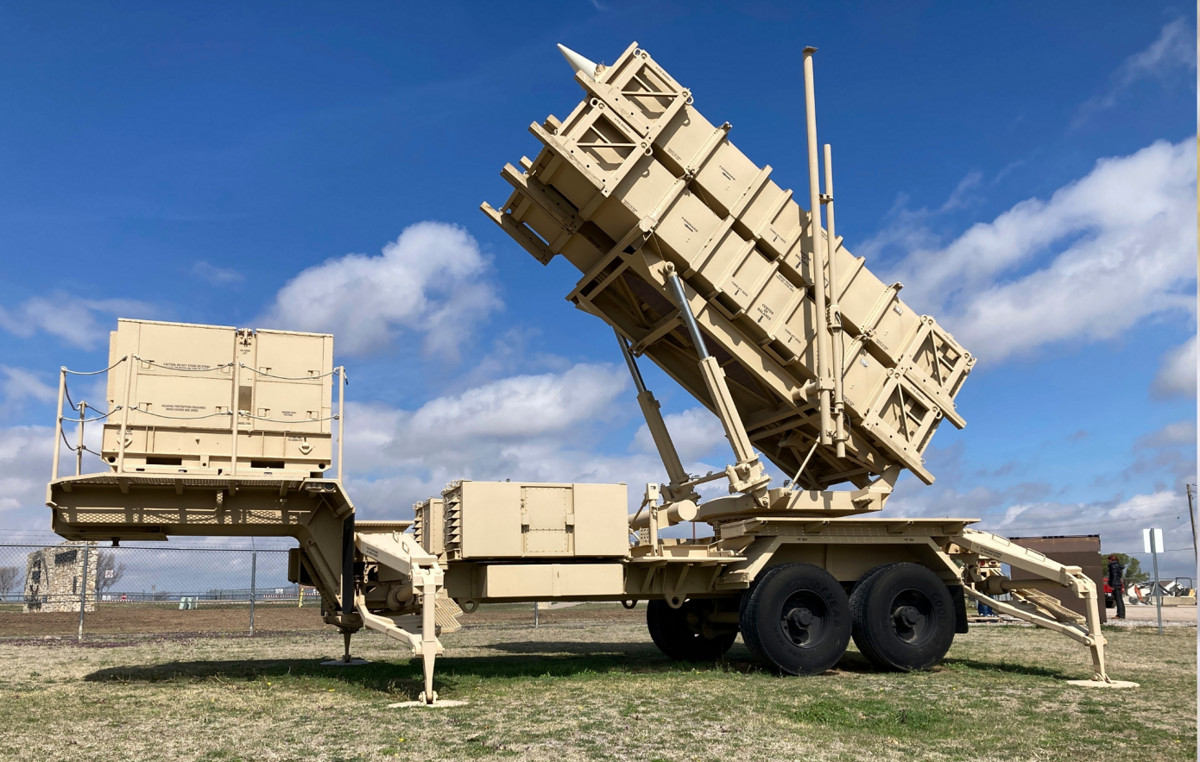What is believed to be the first interstellar object found on Earth has been analyzed by a group of researchers led by Harvard University astrophysicist Avi Loeb.
Scientists carried out an expedition to the Pacific Ocean between June 14 and 28 of this year to collect spherules resulting from the impact of the meteorite, called IM1. The analysis, not yet peer-reviewed, was posted on the preprint platform arXiv.org.
Although it crashed off the coast of Papua New Guinea in 2014, it was only in 2022 that the United States Space Command issued a memo to NASA confirming, with 99.9% confidence, that IM1 was an interstellar object.
According to an article published by Loeb on his website, the team collected around 700 spherules with a diameter of 0.05 to 1.3 millimeters and, so far, the initial analysis of 57 of them has been completed. The expeditions covered an area of 10 kilometers.
Initial analysis
One of the factors observed by the scientists was the composition of the fragments. According to the study, a significant fraction of the sample has an abundance of the elements beryllium (Be), lanthanum (La) and uranium (U) — in a discrepant pattern from that found in the environments of the solar system.
“The measured abundances of heavy elements other than lanthanum are consistently far beyond those of the solar system standard CI chondrites, suggesting that the BeLaU spherules [berílio, lantânio e urânio] originated from outside the solar system”, says the text shared by the astrophysicist.

The researchers suggest that it is possible that the IM1 meteor originated from “the differentiated crust of an exoplanet with an iron core and an ocean of magma”.
They further believe that, before entering the solar system, the meteor was at a speed of 60 km/s relative to the local resting system of the Milky Way, faster than 95% of all stars in the vicinity of the Sun.
Furthermore, the fact that it preserved its integrity at an impact speed of 45 kilometers per second up to an altitude of 17 kilometers above the Pacific Ocean suggested the high resistance of the materials that made up the object.
Without presenting evidence for this theory, Loeb also states that interstellar objects may have artificial origin, that is, from extraterrestrial civilizations.
“Finding the first and second ants in a kitchen is alarming because it implies a lot more ants out there. A once-per-decade random detection rate for meter-sized interstellar objects implies that a few million such objects reside in Earth’s orbit around the Sun at any given time. Some of them may represent technological space junk from other civilizations,” she wrote.
Source: CNN Brasil
Charles Grill is a tech-savvy writer with over 3 years of experience in the field. He writes on a variety of technology-related topics and has a strong focus on the latest advancements in the industry. He is connected with several online news websites and is currently contributing to a technology-focused platform.







